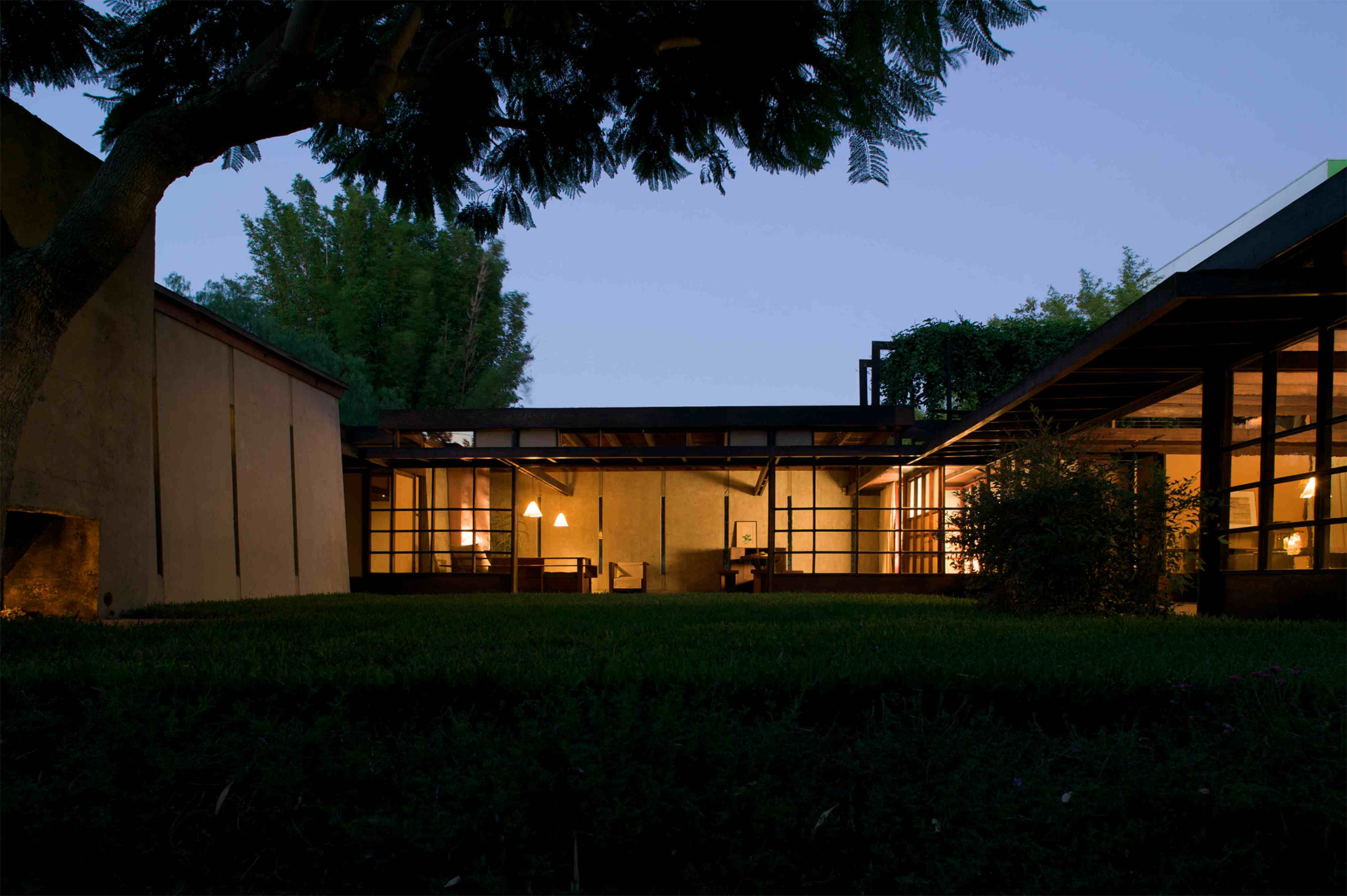[ book launch event ]
date> thursday 29 october 2015 | 6>8p
venue> poetry foundation | 61 west superior street chicago
published by the center for american architecture and design at the school of architecture at the university of texas austin
edited by kevin alater and wilfried wang
essays:
a modern legacy ~kevin alter
the building of the poetry foundation—how the building became to be ~john barr
no strings attached ~john ronan
the poetry foundation, chicago, the right angle ~wilfried wang
elucidation and the city ~raymund ryan
Without having read this book but knowing a little about the client (Poetry Foundation), the architect (John Ronan Architects) and the building, it wouldn’t be a big leap to predict this new book can be described as poetic justice* meets architecture.
(*) : an outcome in which vice is punished and virtue rewarded usually in a manner peculiarly or ironically appropriate.
[ poetry foundation | notes of interest ]
The Poetry Foundation is comprised of a building in dialogue with a garden created through erosion of an implied volume as described by the L-shaped property boundary. The garden interlocks with the building and is conceived as another “room,” part of the building’s slowly-unfolding spatial sequence revealed space by space, not unlike a poem is revealed line by line.
Visitors enter through the garden, an urban sanctuary that mediates between the street and enclosed building. Entering the garden, visitors first encounter the library space, announcing that they are entering into a literary environment. Inside, an exhibition gallery connects the library to the performance space, where visitors listen to poets read their work against the backdrop of the garden.
Public functions (performance space, gallery and library) are located on the ground floor, while office spaces are located on the second level, organized into three areas (Foundation Administration, Poetry magazine/website, and Programs). The building is configured to allow for views from all spaces out onto the garden.
Tectonically, the building is conceived of as a series of layers that visitors move through and between. Layers, of zinc, glass, and wood, peel apart to define the various spaces of the building. The building’s outer layer of oxidized zinc becomes perforated where it borders the garden, allowing visual access to the garden from the street to encourage public investigation.
Additional Credit
Acoustical: Threshold Acoustics
Development: U.S. Equities Realty; Norcon
Engineer: Arup; dbHMS; Terra Engineering
Landscape Architect: Reed Hilderbrand Associates
Lighting: Charter Sills
photo credit | © Steve Hall | © Hedrich Blessing
click on photo > lightbox mode [ designapplause interview with john ronan ]




